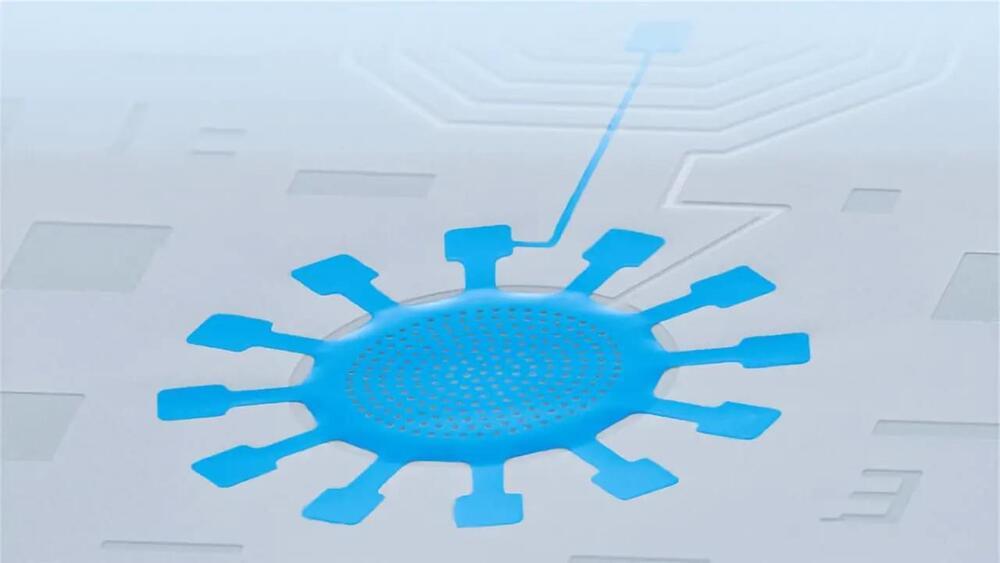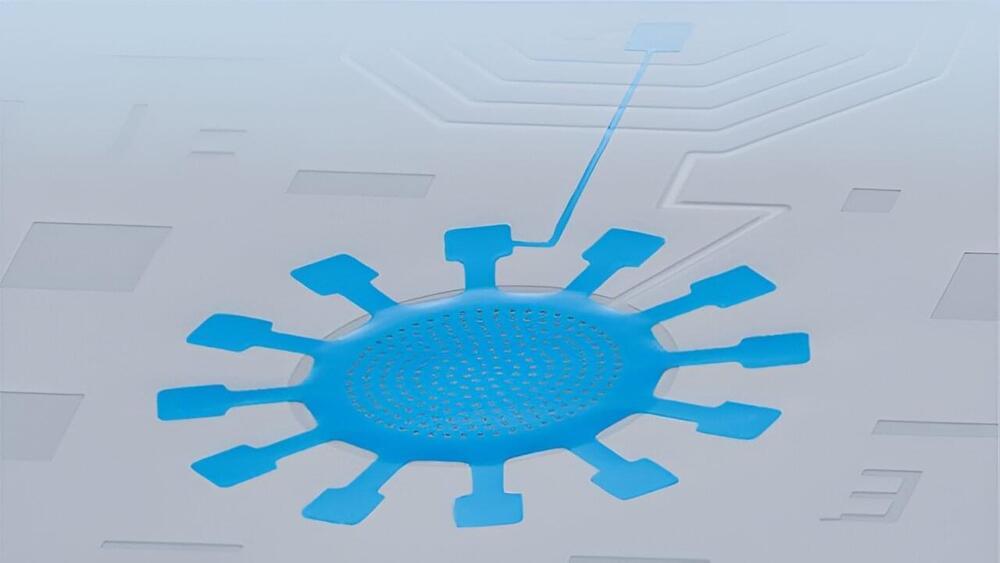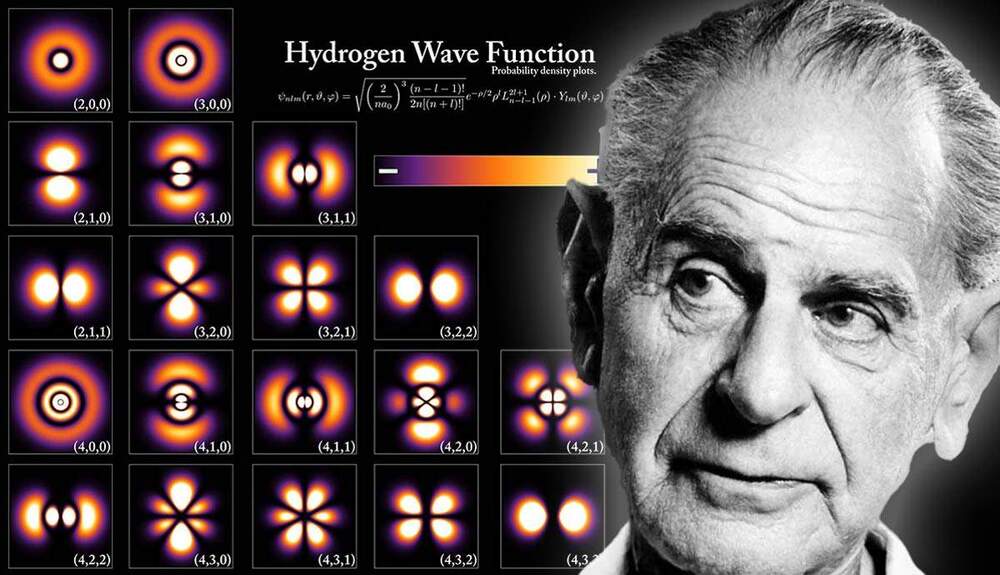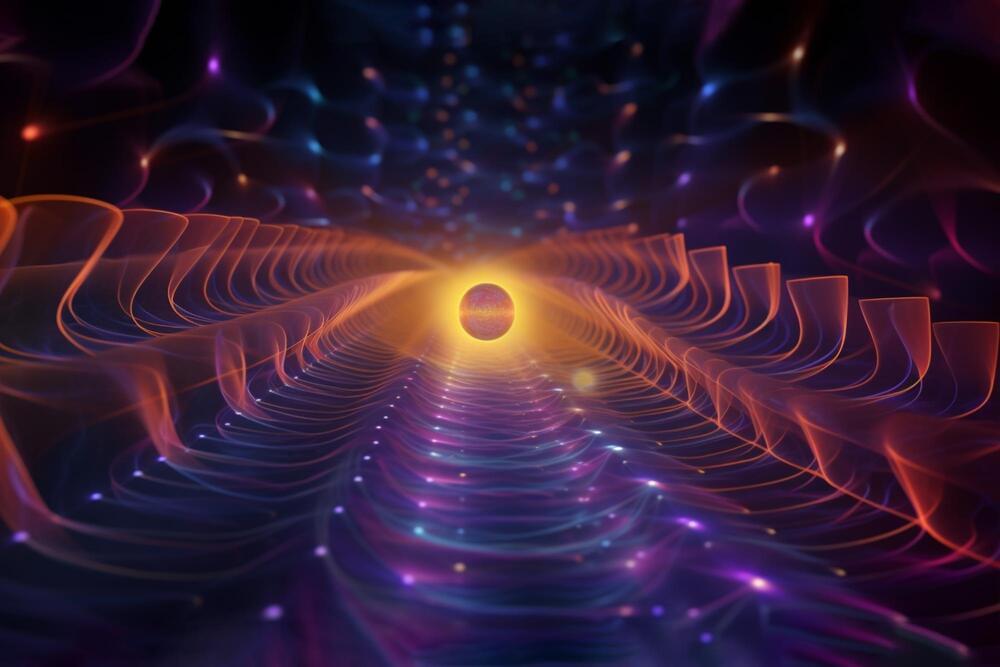Scientists at EPFL have developed a superconducting circuit optomechanical platform that demonstrates ultra-low quantum decoherence and high-fidelity quantum control. Their groundbreaking work with a “vacuum-gap drumhead capacitor” has led to the longest quantum state lifetime in a mechanical oscillator ever achieved, paving the way for new applications in quantum computing.
Performing computation using quantum-mechanical phenomena such as superposition and entanglement.









